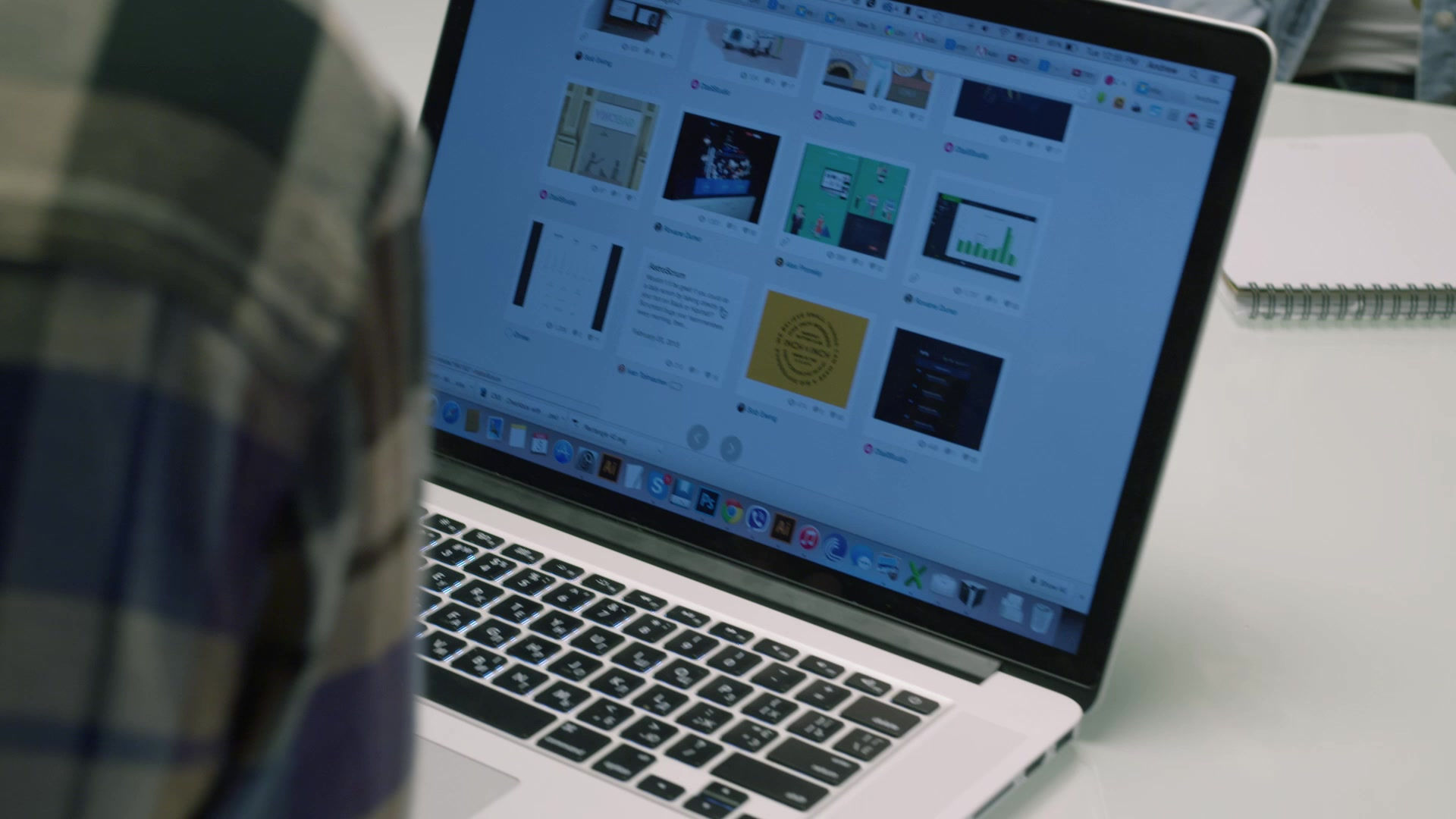
US - Mexico - Brazil - UK - Portugal - Netherlands - Belgium - Dubai - Abu Dhabi - Saudi Arabia - Oman - Qatar - Bahrain - India - Singapore - Kenya - South Africa - Philippines - Australia - New Zealand

OMNIX Marketing Team
Jan 9, 2025
Bringing Transparency to Software Development, Project Management, and ERP Implementation
In the world of fine dining, the concept of an “open kitchen” offers guests a front-row seat to the culinary process. They witness the artistry and precision of chefs as meals come to life. This transparency fosters trust, excitement, and appreciation for the effort behind every dish.
Now, imagine applying this concept to software development, project management, and ERP implementation. In an era where clients expect greater involvement and accountability, the “open kitchen” approach to project delivery could redefine how businesses build software and implement complex systems.
What Is the Open Kitchen Concept in Software Development?
In software development and ERP projects, the “open kitchen” refers to a framework where clients have real-time visibility into the project’s progress. This model enables customers to observe how their projects are being built, track tasks, and engage directly with development teams.
Instead of opaque processes hidden behind closed doors, clients experience full transparency—seeing timelines, deliverables, and the challenges teams face along the way. This approach replaces the traditional black-box development process with an interactive, accessible environment.
Why Does Transparency Matter?
Software development and ERP implementations are often complex, lengthy, and expensive. Miscommunication, missed deadlines, and unexpected costs can derail projects and harm relationships. By embracing transparency, companies foster trust and collaboration.
The open kitchen approach ensures that:
Clients Understand the Process – By demystifying development, customers appreciate the intricacies involved.
Feedback Is Real-Time – Instead of waiting for project milestones, clients can provide input continuously, ensuring the final product aligns with expectations.
Accountability Is Clear – Visibility into workflows, timelines, and resources prevents surprises and improves accountability.
Key Components of the Open Kitchen Model
1. Real-Time Project Dashboards
Clients gain access to live dashboards that reflect the status of their projects. Tools like JIRA, Monday.com, and ClickUp offer interactive boards that showcase sprints, completed tasks, and upcoming deliverables. This allows clients to monitor progress in real-time, minimizing the risk of misalignment.
2. Direct Communication Channels
Platforms like Slack, Microsoft Teams, and Zoom have become critical in the open kitchen framework. Clients can communicate directly with developers, project managers, and consultants, fostering continuous dialogue. This ensures that issues are addressed as they arise, reducing bottlenecks and misunderstandings.
3. Transparent Time and Resource Tracking
Time-tracking tools such as Harvest, Toggl Track, and Tempo Timesheets provide visibility into resource allocation. Clients can see who is working on their project, how long tasks take, and where billable hours are spent. This level of transparency helps justify costs and reinforces trust.
4. Collaborative Workspaces
Documentation and design tools like Confluence, Notion, and Figma create collaborative environments where clients contribute ideas, review documentation, and leave feedback directly on evolving products. This bridges the gap between development and customer vision.
5. Continuous Delivery and Feedback Loops
An open kitchen approach emphasizes continuous delivery, allowing clients to interact with functional software as it evolves. By leveraging version control tools like GitHub or GitLab, clients can view code commits and participate in testing. Iterative feedback loops improve agility, ensuring course corrections happen swiftly.
The Open Kitchen in ERP Implementations
ERP implementations, such as SAP S/4HANA or Dynamics 365, are notorious for their complexity. A lack of transparency often leads to misalignment between consultants and clients. The open kitchen model transforms ERP rollouts by giving clients access to every phase of the project.
Imagine a scenario where clients:
See Live Configurations – ERP configurations are visible, and clients can track system customizations in real time.
Participate in Testing – Sandbox environments are open to clients, encouraging hands-on interaction with the system throughout the development process.
Monitor Data Migration – Dashboards reflect data migration progress, highlighting which datasets have been successfully imported.
This level of engagement prevents late-stage surprises and fosters a partnership-driven implementation.
The Competitive Edge
Adopting the open kitchen model differentiates service providers in a crowded market. Clients are increasingly seeking vendors who prioritize transparency and collaboration. By showcasing this approach, companies position themselves as innovative, customer-centric partners.
Moreover, this transparency serves as a unique selling point, fostering long-term relationships and securing repeat business.
Challenges and Solutions
While the open kitchen approach is powerful, it’s not without challenges:
Overwhelming Clients with Data – Too much visibility can confuse clients. Solution: Curate the data client's access, ensuring they see high-level summaries with the option to dive deeper.
Scope Creep – Continuous client feedback may lead to scope expansion. Solution: Clearly define project boundaries and establish processes for addressing additional requests.
Security and Confidentiality – Granting access to development environments may pose security risks. Solution: Use role-based access controls and ensure sensitive information is restricted.
Implementing the Open Kitchen Approach
To implement this model, follow these steps:
Choose the Right Tools – Integrate project management (JIRA, Monday.com), communication (Slack, Teams), and time-tracking tools to build transparency.
Design Client Dashboards – Develop customer-facing dashboards that pull data from internal systems, providing curated insights.
Pilot with Key Clients – Test the open kitchen concept with select clients, refining the process based on their feedback.
Promote the Approach – Highlight this model as a differentiator in marketing materials, proposals, and sales pitches.
Conclusion
The open kitchen concept isn’t just about transparency—it’s about fostering stronger, more collaborative partnerships. By inviting clients into the development process, businesses align closer to customer needs, reduce project risks, and ultimately, drive greater success.
As industries evolve, transparency will no longer be a luxury—it will be an expectation. Embracing the open kitchen today ensures you stay ahead of the curve tomorrow.